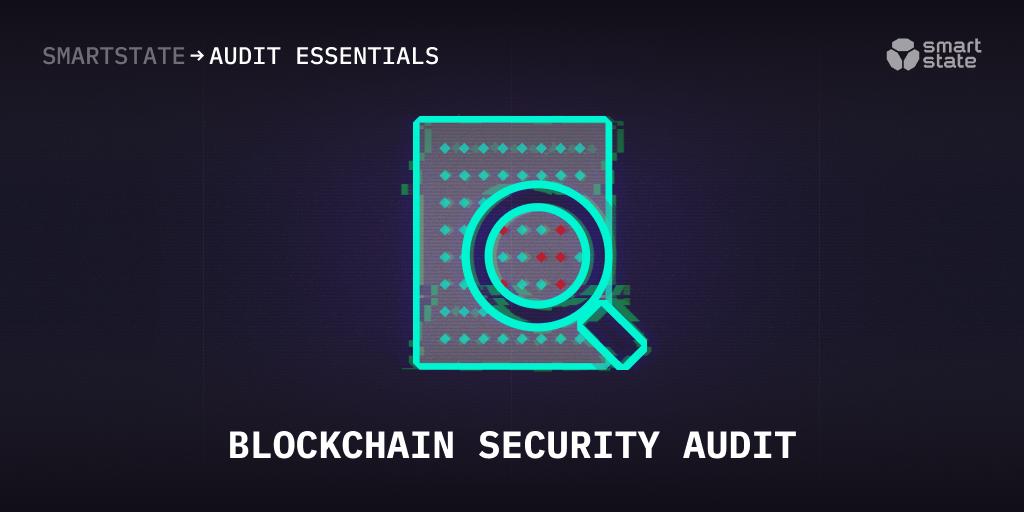Blockchain Security Audit
A Blockchain audit is a code review of a blockchain development project which can be carried out only manually. This process involves extensive use of static code analysis tools, but the majority of the work consists of searching for bugs and vulnerabilities relying primarily on the experts.
Why is it needed?
Blockchain is a very secure technology by itself, still, errors, loopholes or vulnerabilities are possible. Security assessment of a blockchain and the data stored there is crucial, especially due to the increasing number of attacks and their growing sophistication. Developers unite to build a rampart and remove all the possible vulnerabilities.
There are quite a bunch of problems and risks, which can lead to failures. Among them are:
- Smart contract vulnerabilities (in most cases they are audited separately, manually and automatically)
- Ignoring security assessments (often when an application deployed on blockchain had not been checked thoroughly prior to deployment)
- Development flaws (suboptimal code)
Various risks can pop up unexpectedly while performing operations on a blockchain, many of which can be foreseen and countered in time to prevent actual harm. These are the most common ones:
- Risk of compromising a private key by occasion. This risk is very frequent and can happen with any type of chain. A stronghold should be built to safeguard private keys for transactions.
- The POC (Proof of Concept) failure risk (when a deliberately rigged operation doesn’t reveal an abnormality, even though it should have).
- Loss of anonymity and the ensuing trust risk (when one of the transaction participants is a fraudster). This is somewhat similar to the previous item, since both involve unwanted disclosure of private information.
How is it carried out?
Blockchain audit, as any other type of tests, is a long process which involves several stages.
- The first step is to determine the audit goals.. Missing this step may end in a lot of potential errors and possible risks being overlooked. The main goal is to discover the system’s vulnerabilities and defend the possible attack routes. After setting up goals, an action plan of the audit is created. It helps to avoid ranging far and wide from the main stream and missing an important step or stage.
- Then the components and data flaws should be identified. At this stage the auditing team gets to know the architecture and use cases of the targeted system, and the tests plan review is made.
- The next step is to identify potential security risks. Most of them involve operations with data and assets (such as transactions).
- Threat modeling is then carried out. This stage can be called the key one. Threat modeling helps to reveal potential vulnerabilities and attack strategies, discover possible data spoofing and tampering or denial of service and if and how data manipulation can be done. All the processes are performed manually by the experts analyzing the system thoroughly for the smallest loopholes.
- The final step is operation check and remediation. Studying the system as it runs is necessary to reveal the gravity of risks and errors detected during the auditing process. Then the remediation takes place, when the patches for discovered vulnerabilities are created and applied.
Conclusion
Blockchain is an utterly secure technology, but even so it needs regular checks and security reviews. A blockchain runs operations with assets and data entrusted to it by the users. Access to private keys should be restricted and all the processes should be verified as completely safe. Blockchain audit is one of the main ways to make the system more secure and trustworthy, discovering errors and vulnerabilities on time and implementing satisfactory countermeasures.

